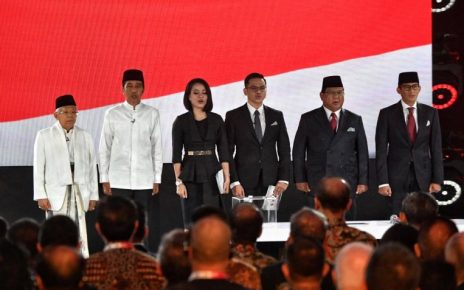
Changi Airport has plugged a gap in air services to South Korea as part of ongoing efforts to boost Singapore’s connectivity and air hub status.
Almost 45 years after the first link between both countries was established with Singapore-Seoul services, a second destination has been added.
On May 1, SilkAir started flying to Busan, South Korea’s second biggest city. South Korean carriers Jeju Air and Eastar Jet are also starting services soon.
Taking the initiative a step further, Changi Airport Group (CAG), Busan Metropolitan City, Korea Airports Corp and the three airlines have inked a one-year partnership to promote trade, business and tourism flows between Singapore and Busan.
Speaking at a media briefing in Seoul yesterday – held on the sidelines of a global gathering of airlines organised by the International Air Transport Association – CAG and its partners said the route will offer greater convenience for travellers.
Last year, Singapore-Busan passenger traffic – via a stopover point – reached about 118,000, said Korea Airports Corp. Demand is expected to more than double in the next five years to reach about 300,000.
-
118,000
Singapore-Busan passenger traffic – via a stopover point – last year, said Korea Airports Corp. Demand is expected to more than double in the next five years to reach about 300,000.
At about six hours, the Singapore-Busan flight is the longest to Busan’s Gimhae International Airport, which plans to expand existing facilities to grow international air traffic.
Mr Son Chang-wan, president and chief executive of Korea Airports Corp, said the route will promote tourism in both cities and make travel more convenient for residents of Busan and Singapore.
South Korea is Changi Airport’s 13th biggest market, with 1.46 million passenger movements last year.
CAG’s managing director for air hub development Lim Ching Kiat said: “For many years, connectivity between Singapore and South Korea has been limited to Seoul with around 60 weekly services.
“As Changi Airport is the gateway to South-east Asia, and given the increasing travel demand over the years between Singapore and Busan, we are pleased to welcome the opening of this new route, which will offer greater convenience for travellers between the two cities.”
Even as Changi works closely with airlines and other partners to secure new air links and flights, these are not always sustainable for various reasons, Mr Lim admitted. India’s debt-laden Jet Airways, for example, has pulled out of Singapore.
In January, budget carrier Norwegian Air axed its direct route between Singapore and London, after launching it to fanfare in 2017.
When airlines invest in new routes and markets, Changi typically supports such initiatives with discounts on fees and charges, for example, said Mr Lim. “More importantly, we work closely together to build demand and awareness… For new flights, and especially long-haul ones, the first few years are critical.”
But not all routes make it, he added, “sometimes for reasons beyond our control”.
Even then, efforts are ongoing, he said, adding that with the exit of Jet Airways, the air hub team at Changi is pushing hard to fill the gap. “We are working actively with other interested airlines to fill the vacuum that was left by Jet and expect to make some announcements.”



